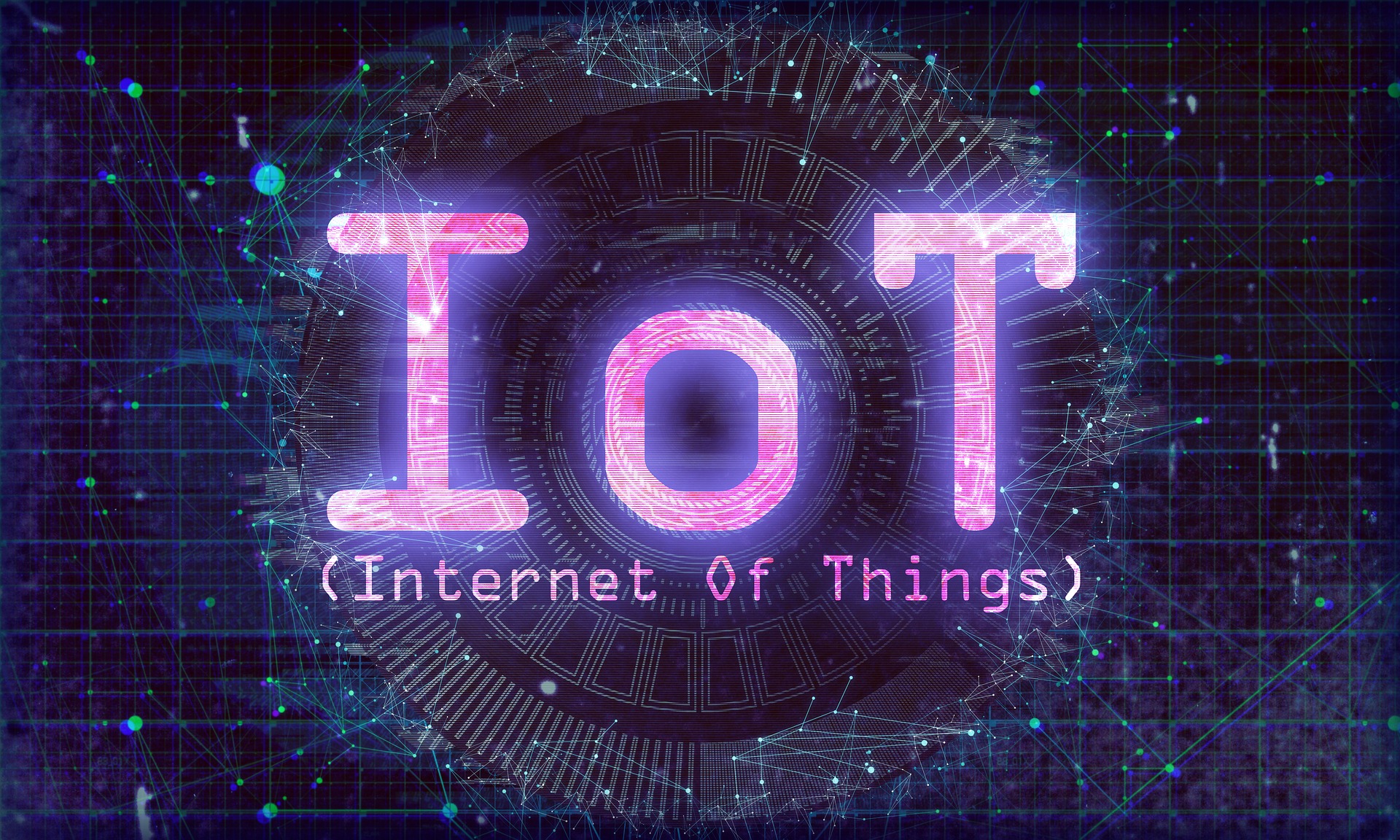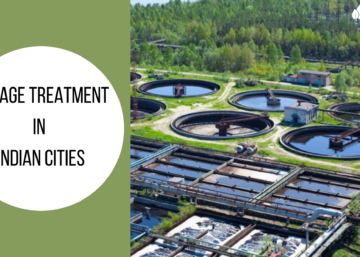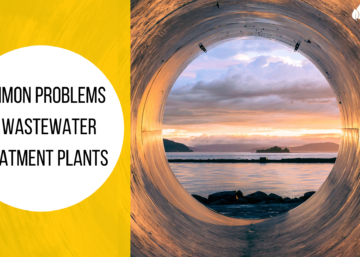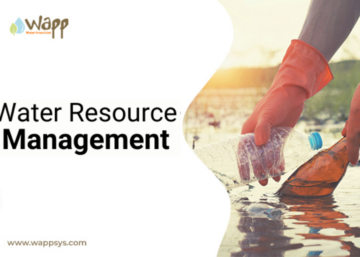It is predicted that 24 billion IoT devices will be installed by 2020
But what exactly is IoT?
Internet of Things is the interconnection of everyday objects embedded with computing devices, enabling them to send and receive electronic data via the internet
The initial setup requires the deployment of level sensors and equipment across the reservoirs and overhead tanks. The special design level sensor helps in imitating the water level status to the central server to be deployed for the purpose of water conservation.
This information passes on a regular basis which helps in examining the daily usage of water from the reservoir.
Analytics obtained from various factors of water management
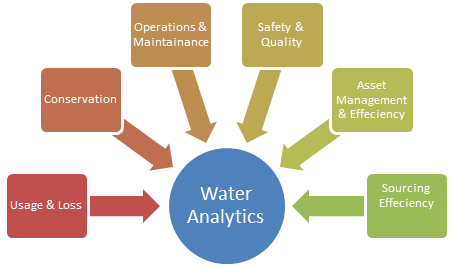
Source- Data Science Central
IoT aids water management in the following ways:
- Water metering
- Detecting leakages in the water pipeline
- Tank or reservoir level monitoring
- Water quality and safety monitoring
- IoT enabled state of the art hardware and software
Let’s discuss how IoT can make this possible.
Water Metering: Water metering is very important, as this will help us in gathering data about various aspects of water supply and usage – a network of smart meters that collect real-time data across the water grid – the data collected can help us in knowing the water usage and requirements on both a micro and macro scale. It also helps in detecting leakages, predicting demand-supply and seasonal fluctuations and set up alarms for notifying in case of any anomalies.
Detecting leakages in the pipelines: Leakages in the supply system are one of the major causes of loss of water with figures as high as 50% losses. Currently, various techniques to detect leakages are already in place. However, the devices work in isolation for not being connected to each other.
With the help of IoT – in integration with GIS and GPS – the weather information system and cloud servers, not only will it help in detecting leakages but it will also help in dispatching repair orders to the nearest local field engineers.
Tank or reservoir level monitoring: Loss of water due to overflow from overhead tanks also form a large fraction of the total water that is lost and needs to be kept in check as it forms an essential part of the water supply system. Functioning of pumps can be automated to fill up tanks depending on the full or empty status of the water in the tank. This will not only help in saving water but also efficient usage of power by the pump.
Water quality and safety monitoring: Various parameters such as pH levels, temperature sensors, turbidity, etc. are used to measure the water. These can be kept in check with various sensors placed across the water network which would set off an alarm if any parameter goes beyond safe levels. The sensors can make all the difference in timely damage control as poor quality of water reduces productivity among individuals and societies.
IoT enabled state of the art hardware and software: IoT enabled devices with high reliability and accuracy are readily available nowadays at reasonable costs. These devices can sense various parameters, communicate with other devices and is also capable of initiating relevant actions. Also, with the advent of cloud storage, the need for local data storage devices is eliminated.
Smart Water Management
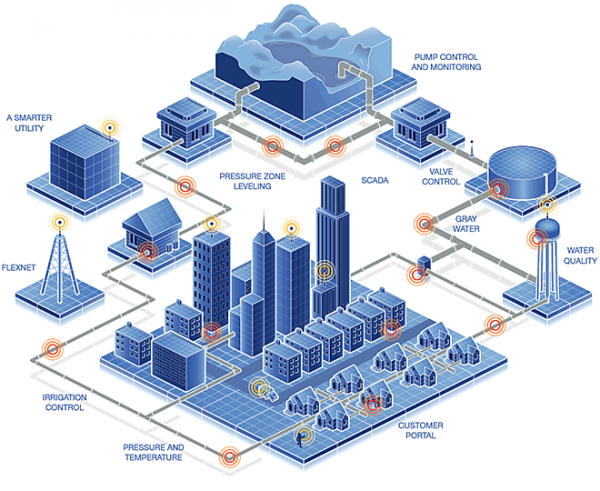
Source- Iwra.org
IoT can also help in efficiently using water for irrigation and to use for getting the right amount of water at the desired destination for the required duration. It can control the flow of water in the pipelines and like in the case of domestic use, can help in detecting leakages and maintaining quality. It is a data-driven process which is made possible by wireless communication among devices.
There is a rise in the growing number of installed IoT devices with a heavy investment of funds in this growing technology. Hence, it is of utmost importance that we make use of this in order to solve the many water problems across the country. The implementation method would depend upon the requirements of the system in order to ensure interoperability with other applications. Also, the system architecture must be flexible to allow integration with older systems and preferably use open interfaces to access a wide range of water management devices. With all these features in place, IoT could be the answer to India’s water crisis.
